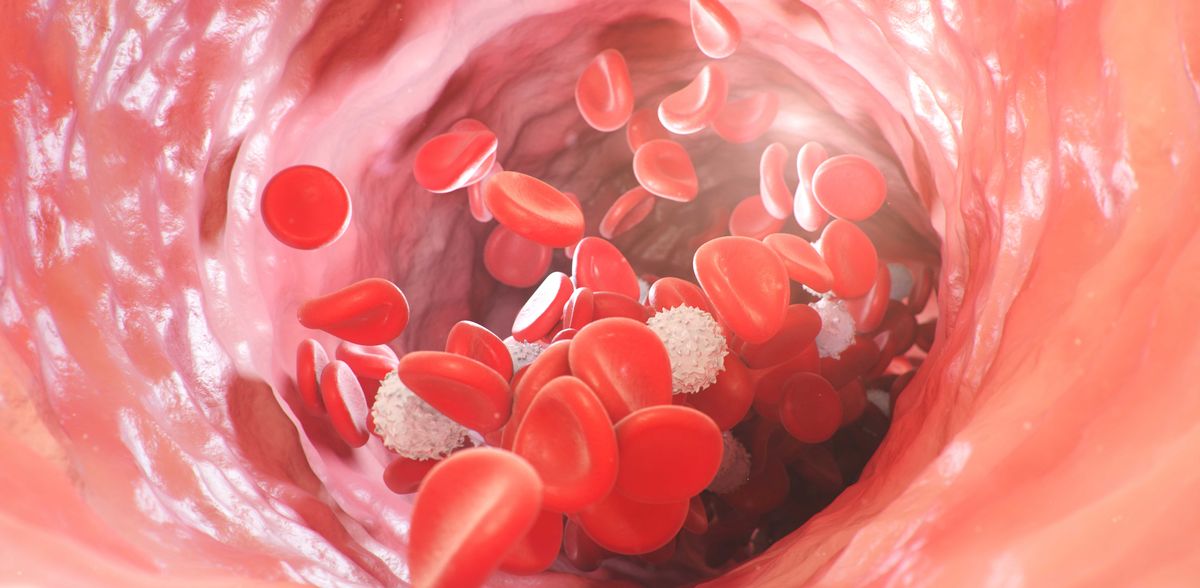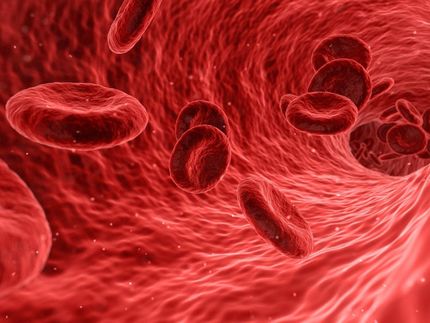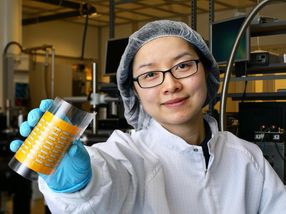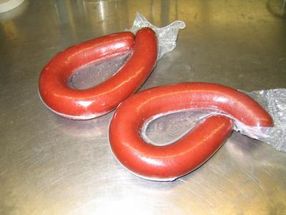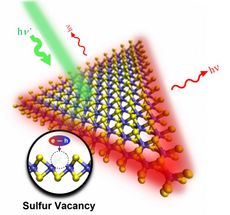Rare side effect discovered in cancer immunotherapy
Researchers have discovered and analyzed a rare but serious side effect of an innovative form of blood cancer therapy. The results of the study have been published by scientists from Leipzig University Hospital, the Fraunhofer Institute for Cell Therapy and Immunology and Cologne University Hospital.
Forms of blood cancer, such as lymphomas and multiple myeloma, are malignant tumor diseases that are derived from immune cells, the lymphocytes. For a few years now, CAR T-cell therapies have been an essential part of the treatment of patients whose lymphoma or multiple myeloma recurs. This involves genetically modifying the patient's own T lymphocytes (T cells) in order to specifically recognize and eliminate the cancer cells using a chimeric antigen receptor (CAR).
A special case was examined in the current scientific publication. A 63-year-old patient with multiple myeloma developed a T-cell lymphoma nine months after undergoing CAR T-cell therapy at the University Hospital of Cologne, which appeared not only in the blood but also in the skin and intestines. The tumor developed from the genetically modified T-cells that had been used for treatment.
The initiators of this collaborative project, Prof. Dr. Marco Herling, Managing Senior Physician at Leipzig University Hospital, and Dr. med. Till Braun, head of the research group at Cologne University Hospital, have world-leading expertise in understanding rare but difficult-to-treat T-cell lymphomas. "This is one of the first documented cases of such lymphoma after CAR T-cell therapy. The findings of this study help us to better understand the risks of the therapy and possibly prevent it in the future," says Prof. Dr. Maximilian Merz, who led the current study as corresponding author together with Prof. Dr. Marco Herling from Leipzig University Medicine.
The researchers found that it was not only current genetic changes in the T cells that were responsible for the tumor. Pre-existing, i.e. early genetic changes in the patient's hematopoietic cells also played a role. The researchers used state-of-the-art technologies to examine the development of the tumor in detail. Various methods of next-generation sequencing, a high-throughput technology for analyzing DNA and RNA sequences, were used to analyze the phenomenon. Whole-genome sequencing was used to identify genetic alterations, while single-cell RNA sequencing analyzed the transcriptome of CAR-T cells to investigate genes and signaling pathways.
Determining risk factors for side effects more precisely
These methods had previously been established in close collaboration between the working groups of Prof. Dr. Merz at Leipzig University Hospital and Dr. Kristin Reiche at Fraunhofer IZI. The close cooperation between clinicians and basic scientists in the field of CAR-T cell therapy made it possible to analyze the case within a very short time. Leipzig University Hospital is one of the leading centers in Europe for the treatment of multiple myeloma with CAR-T cells and T-cell lymphomas. "This case provides valuable insights into the emergence and development of CAR-bearing T-cell lymphoma after innovative immunotherapies and shows the importance of genetic precursors for such a possible side effect," says Merz, senior physician at the Department of Hematology, Cell Therapy, Hemostaseology and Infectiology at Leipzig University Hospital.
The researchers are planning further scientific studies to better understand similar cases and to be able to determine risk factors more precisely. The aim is to be able to predict and prevent such side effects after CAR-T cell therapies, which are currently being used more and more widely, in the future.
The high relevance of secondary tumors after CAR-T cell therapy has now become clear in a second scientific paper. The same research team submitted a manuscript to the high-ranking journal Leukemia in mid-February, systematically summarizing this patient case and the nine other cases of T-cell lymphomas from CAR-T cells published worldwide. Normally, it takes several weeks to months for experts to accept a scientific paper for publication. In this case, the manuscript was accepted for publication within one day. "It is important to create a real, data-based awareness of the rarity of this complication, which is far less than one percent, and the mechanisms by which it arises," emphasizes Herling.
Note: This article has been translated using a computer system without human intervention. LUMITOS offers these automatic translations to present a wider range of current news. Since this article has been translated with automatic translation, it is possible that it contains errors in vocabulary, syntax or grammar. The original article in German can be found here.
